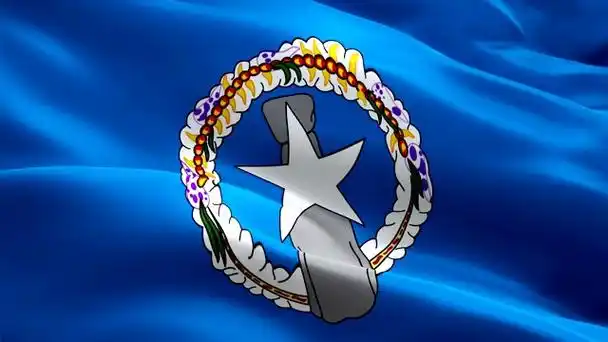- Focus on product development, production and sales.

Overview of the Northern Mariana Islands Federation
The Commonwealth of the Northern Mariana Islands is a federal territory of the United States, located in the western Pacific Ocean, 50 kilometers east of the Mariana Trench, 2995 kilometers west of Shanghai, China, 40 kilometers south of Guam, and 2335 kilometers north of Tokyo, Japan. The region consists of 14 islands with a total area of 475 square kilometers, of which the three largest islands are Saipan, Tinian, and Rota. The total population is about 59200, of which 90% reside on the capital island of Saipan.
Geographical features
The Northern Mariana Islands are formed by the accumulation of coral reefs and volcanic eruptions. The island's coastline is steep, surrounded by cliffs and coral barriers, forming many snow-white beaches and beautiful shallow seas. Here, with its unpolluted natural environment, charming cultural landscapes, and leisurely social atmosphere, it is known as the 'unpolished jade'.
historical background
As early as 3500 years ago, the indigenous Chamorro people lived in the Mariana Islands. In the early 16th century, Portuguese navigator Magellan discovered these islands. Subsequently, Spain, Germany, and Japan successively colonized it. In 1944, the US military occupied Saipan Island, and in 1947, the United Nations authorized the United States to administer the Northern Mariana Islands. In 1986, the Northern Mariana Islands became a federal territory of the United States.
Economy and Tourism
The tourism industry is a pillar industry of the Northern Mariana Islands Federation, driving the development of industries such as catering and services. China and South Korea are its main source of tourists, with over 650000 visitors in 2017, of which Chinese tourists accounted for more than 40%. The islands of Saipan and Tinian in the region are renowned for their clear water, pristine beaches, and unique natural landscapes, earning them the title of "pearls of the Pacific" and attracting tourists from around the world to explore.
The economic profile of the Commonwealth of the Northern Mariana Islands mainly includes its GDP, major industries, and economic development challenges.
GDP and major industries
The GDP of the Commonwealth of the Northern Mariana Islands in 2018 was approximately $1.32 billion. Its main industries include tourism, fishing, and construction. The tourism industry is an important economic pillar of the region, benefiting from its beautiful natural scenery and unique geographical location, attracting a large number of tourists. Fishing is also an important economic activity in the region, especially in the capture of coral reefs and seafood. In addition, the construction industry also occupies a certain position in economic development.
Economic development challenges
Despite the abundant natural resources and certain economic activities of the Commonwealth of the Northern Mariana Islands, its economic development still faces some challenges. Firstly, the economic scale of the region is relatively small, with a GDP of only 1.32 billion US dollars, which limits its competitiveness in the global economy. Secondly, the economic structure of the region is relatively single, overly reliant on tourism and fisheries, which leads to significant economic fluctuations and susceptibility to external factors. In addition, the lack of infrastructure construction and human resources is also an important factor restricting economic development.